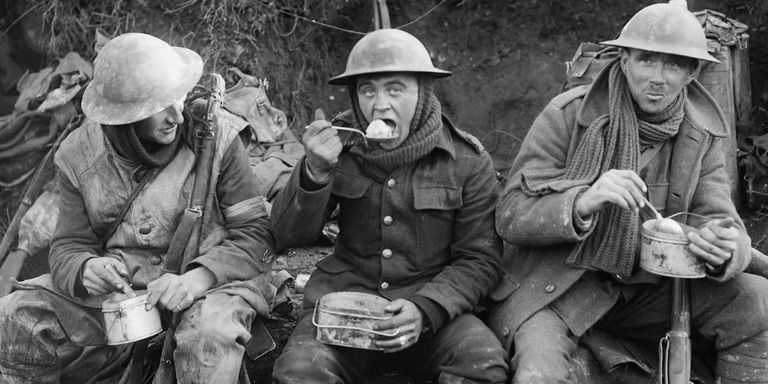WWI Soldiers Took Up An Unusual Hobby To Pass The Time In Between Battles
First light has just appeared in the skies and a line of men wait nervously at the lip of a trench. A whistle blows, the signal for the soldiers to clamber out from their cover with fixed bayonets. Now they’re in no man’s land, which they must cross as best they can. The deadly clamor of machine guns soon hammers out from the enemy positions. Men fall left and right.
Long lulls
Obviously this was a terrifying experience for those WWI soldiers on the Western Front in France and Belgium. But the fact is that most men most of the time were not actually engaged in active combat. There were long hours in the 35,000 miles of front-line trenches when nothing much was happening, even though danger from artillery barrages, poison-gas attacks and snipers was ever-present.
The daily grind
So what was the daily grind in the trenches really like? Assuming they weren’t scheduled to go over the top, all men were required to wake at first light. They would then “stand to” in case of an enemy attack, since dawn was the most common time for an assault. If the enemy didn’t appear, officers would inspect the troops and there would be time for breakfast.
Trench cuisine
Meal breaks were one regular occurrence that broke up the monotony and terror of days in the trenches. But the food was hardly cordon bleu. Apart from bread and biscuits, the staple was what the British called “bully beef” — corned beef in cans. And as the war went on the food got even worse — sometimes nothing more than horse meat and pea soup.
Rum ration
If you were in the trenches, you’d be supremely lucky to get a hot meal. The kitchens operated in the rear and by the time food had been lugged to the front line it was almost invariably cold. As for the bread, it could take up to eight days for it to reach the front from the bakeries, so it was stale. Perhaps the only bright point in the dreary diet was the daily ration of rum that the soldiers knocked back.

